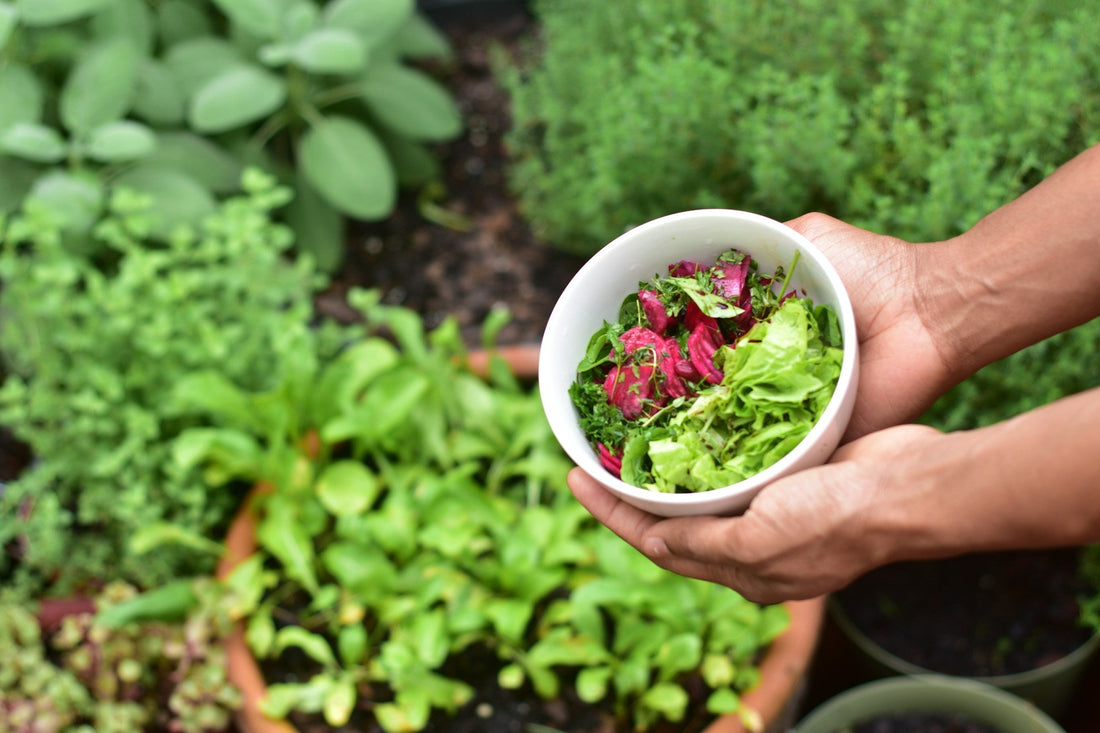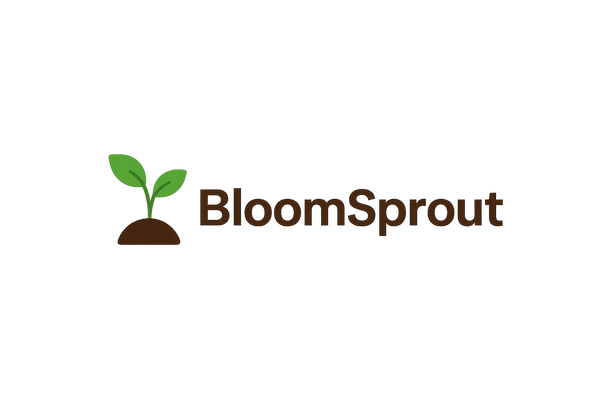
DIY Herb Garden: Fresh Flavors Right at Your Fingertips
Share
Imagine walking into your kitchen and picking fresh basil for your pasta, snipping rosemary for roasted vegetables, or adding mint to a refreshing drink—all within arm’s reach. A DIY herb garden makes this dream a reality. Whether you have a spacious backyard, a sunny balcony, or even a small windowsill, growing your own herbs is easier than you think. Beyond convenience, cultivating your own herbs brings beauty, aroma, and satisfaction to your everyday life.
Why Grow Your Own Herbs?
Herbs aren’t just plants—they’re flavor powerhouses, home remedies, and even mood boosters. Growing your own herb garden comes with numerous benefits:
-
Freshness at your fingertips: No more store-bought herbs that lose flavor quickly.
-
Health benefits: Fresh herbs like parsley, cilantro, and thyme are packed with antioxidants, vitamins, and minerals.
-
Cost-effective: Save money by regrowing herbs instead of constantly buying small, expensive packages.
-
Eco-friendly: Reduce packaging waste and avoid the carbon footprint associated with grocery store produce.
-
Therapeutic experience: Gardening reduces stress, encourages mindfulness, and connects you with nature.
Step 1: Choose Your Herbs Wisely
Start with herbs that are easy to grow, even if you’re a beginner:
-
Basil: Perfect for pasta, salads, and pesto. Loves warmth and sunlight.
-
Rosemary: Hardy and drought-tolerant; adds flavor to roasted meats and vegetables.
-
Thyme: Great for soups, stews, and roasted dishes; thrives in well-drained soil.
-
Mint: Perfect for drinks and desserts; grows vigorously—best kept in a container.
-
Parsley: Versatile and nutrient-rich; grows well in partial sunlight.
Consider your cooking habits: focus on herbs you use most frequently, so your garden feels truly useful and rewarding.
Step 2: Pick the Perfect Spot
Herbs need sunlight, good drainage, and proper airflow. Choose a location with:
-
6–8 hours of sunlight daily: Most herbs need bright light to thrive.
-
Well-draining soil or pots with drainage holes: Prevents root rot.
-
Easy access: Place your garden near your kitchen or frequently used area to encourage harvesting.
If you have limited space, don’t worry. Herbs grow well in containers, window boxes, or even hanging planters. Indoor herb gardens are possible with south-facing windows or supplemental grow lights.
Step 3: Select Containers and Soil
-
Containers: Choose pots with drainage holes and a size appropriate for each herb. Consider aesthetic planters for a visually appealing arrangement.
-
Soil: Use a high-quality potting mix enriched with compost. Avoid heavy garden soil, which can compact and inhibit root growth.
Step 4: Planting Your Herbs
-
Seeds vs. seedlings: Starting with seedlings is faster and more forgiving for beginners, while seeds are cost-effective and rewarding.
-
Spacing: Give each herb enough room to grow—overcrowding can stunt growth and encourage disease.
-
Watering: Keep soil consistently moist but not soggy. Most herbs prefer slightly dry conditions rather than waterlogged soil.
Step 5: Care and Maintenance
Herbs are generally low-maintenance, but a little care ensures a bountiful harvest:
-
Pruning: Regularly snip leaves to encourage bushier growth. Avoid cutting more than a third of the plant at a time.
-
Fertilizing: Use organic fertilizers sparingly—too much fertilizer can reduce flavor intensity.
-
Pest control: Herbs are fairly pest-resistant. If pests appear, use natural remedies like neem oil or hand-pick insects.
Step 6: Harvesting and Using Your Herbs
-
Timing: Harvest in the morning when oils are most concentrated.
-
Frequency: Frequent harvesting encourages new growth.
-
Storage: Use fresh immediately, dry for later use, or freeze in ice cube trays with olive oil for long-term storage.
Step 7: Creative Ways to Display Your Herb Garden
-
Indoor herb wall: Mount planters on the wall for a vertical garden that doubles as décor.
-
Windowsill garden: Small pots on a sunny sill provide easy access and charm your kitchen.
-
Mixed container garden: Combine herbs with flowers or small vegetables in larger containers for a lively and colorful display.
Final Thoughts
A DIY herb garden is more than just a source of fresh flavors—it’s a small but meaningful way to connect with nature, improve your meals, and enhance your home’s ambiance. Whether you start with a single pot of basil or an entire windowsill lined with fragrant herbs, the satisfaction of harvesting and cooking with your own herbs is unmatched. By dedicating a little time and care, you’ll enjoy fresh, aromatic, and flavorful herbs right at your fingertips all year round.
